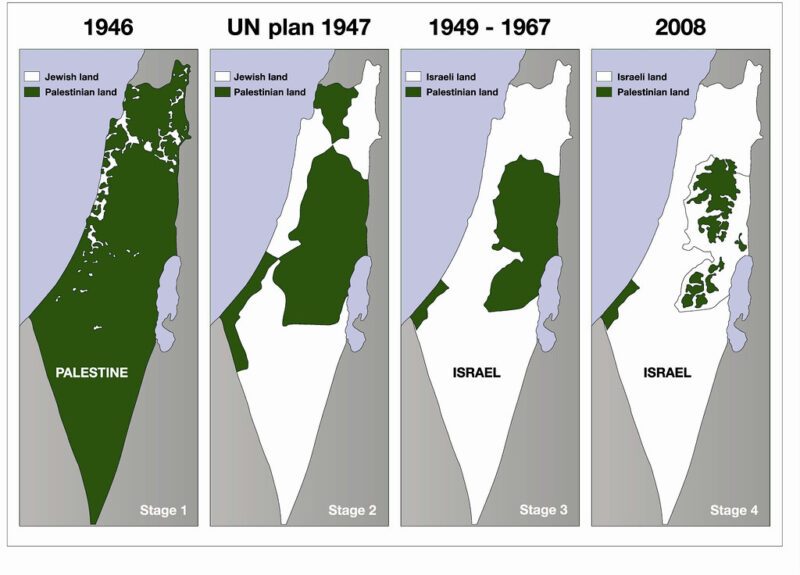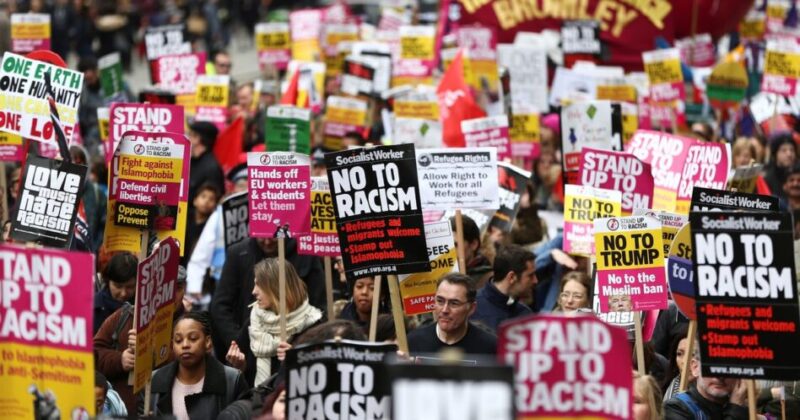Fight the attacks on services for women
Women bear the brunt of the Tory cuts with job losses in the public sector and attacks on health and social care services for children and families. Joy Macready examines the attacks and also looks at how to fight back

Dominic Raab, the Conservative MP for Esher and Walton, in Surrey, recently called on men to “burn their briefs” in protest against “flagrant discrimination”.
“From cradle to grave, men are getting a raw deal. Men work longer hours, die earlier but retire later than women,” he said.
How could one person be so wrong? Women are paid significantly less than men, do most of the housework and more than two-thirds are not eligible for a state pension because of disrupted careers due to childcare breaks.
Women in the UK are paid 15.5% less than men, a figure which jumps to 32% when comparing women’s part-time hourly rate to men’s full-time hourly rate. This figure is significant as almost four times as many women work part-time as men.
Women have to combine work and bringing up children: nine out of 10 lone parents are female. They still do 82% of the housework – which is unpaid labour and contributes to incredibly long working hours.
And the Con-Dem government is making the situation worse: they have shelved plans to implement Section 78 of the Equality Act, which would have forced employers to implement equal pay, and are forcing women and men to work longer with plans to increase the pension age from 60 for women and 65 for men to 66 for both by 2020.
Research by the Fawcett Society calculates that last June’s Emergency Budget will hit women almost three times as hard as men, and the Spending Review, twice as hard.
Of the £16bn set to be raised in direct tax, benefit, and pension changes in the Budget and Spending Review, £11bn (69%) will come from women. Overall, of the £8.5bn additional tax credit, welfare savings and public sector pension contributions raised in the Spending Review, £5.7bn will come from women (67%).
It is the double burden that women shoulder under capitalism – in the workplace and as carers at home – which is why they suffer disproportionately compared to men.
Unemployment
These cuts come at a time when women’s employment is increasingly insecure. In the three months to December 2010 the government’s official unemployment rate (Office of National Statistics, Labour Market Bulletin February 2011) reached 2.49 million, with 1.46 million men and 1.03 million women unemployed (up 12,000 on September 2010).
The number of women claiming Jobseekers Allowance (the main unemployment benefit) has risen for seven months in a row and now stands at 449,200 – the highest since 1996. There has also been a 50 per cent increase in the number of lone parents claiming JSA with women being the vast majority of the nearly 80,000 single parents claiming.
The 500,000 jobs earmarked for cuts in the public sector – where women make up 65% of the employment – mean that women are more likely to lose their jobs. A higher proportion of women are employed in the public sector because it was a secure and flexible employer – as many women must balance work with caring responsibilities in the home – and the type of work reflected the traditional roles done by women such as caring.
The GMB union has found that women council workers are nearly three times more likely to lose their jobs than male colleagues. The union’s study of job losses from 193 councils found that about 84,000 women face unemployment, compared with just under 28,000 men.
Young women are being hit hardest. In the south-west, the unemployment rate among 18- to 24-year-old women has almost trebled, from 5% to 14% since early 2008, while it has almost doubled in the north-west, Yorkshire, West Midlands, the south-east and Scotland.
Social services
The Spending Review announced that Employment and Support Allowance (ESA), which replaces Incapacity Benefits, will be withdrawn after one year from those who are currently incapable of work but for whom there is an expectation of eventual return to work if they have savings, assets or partners who work.
This is expected to affect one million people, especially women who are caring for a relative as three-quarters of those receiving Carer’s Allowance are female.
The benefit is worth about £54 a week but cannot be claimed if a carer earns more than £100 a week in a job or claims certain other benefits. The effect is to keep carers and the people they are helpling in poverty.
Women’s greater contribution to caring responsibilities also make them more vulnerable to cuts in services for children, the disabled and older people, since women are more likely than men to compensate for losses in such services by their own unpaid labour. The nominal value of unpaid work of carers is put at about £60 billion a year – most of it done by women.
A million more women than men claim housing benefit so the proposed cuts will plunge more women and families into poverty.
On top of all these cuts to direct financial support from the state, women are more likely to be hit by cuts in local services upon which they are heavily reliant, particularly social care, which will be affected by the cuts in local council budget.
One of the areas is funding for wraparound childcare for school-age children, such as breakfast clubs and after-school childcare. This is critical for working parents, and cuts in services or increases in charges could mean that it is no longer possible for parents to work.
Since schools have seen just a 0.1% real increase in their budget, and will be required to pick up other functions that are no longer delivered by local authorities, they will struggle to meet the shortfall.
Legal services
According to the Justice Department’s own assessment of the impact of reforms, legal aid cuts (£600m cut to family law and divorce funding) will hit women the hardest.
Family law, including divorce and child residence cases, would no longer be eligible for legal aid other than where domestic violence, forced marriage or international child abduction is proven. In 2006, 62% of all applications for legal aid were by women.
Women suffering psychological abuse are disqualified under the legal aid reforms, as the new rules define domestic violence as woman being at risk of physical harm.
This will make it much more difficult for women to leave abusive partners.
Fight back
Although the cards are stacked against us, women have great resilience and are proven to be determined fighters, as shown by the school, college and university demonstrations and the significant involvement in the anti-cuts movement by unions whose members are made up by a majority of women, i.e. Unison (1 million women members, 77%), PCS (60%), and NUT (76%).
One example of this strength is the mainly women workers at the Lambeth One O’clock clubs, who were faced with the sack and being forced to reapply if they want new jobs. The council’s plans would have destroyed a much valued service for young children, but also remove a centre of trade union strength of almost 100 per cent union density, paving the way for cuts later. The Unison members led a brilliant campaign that resulted in all of the jobs in Adventure Playgrounds and One O’Clock Clubs being saved.
This is just one example – there are many more. We have the strength to stand up together against these cuts and to fight for our jobs and services.






